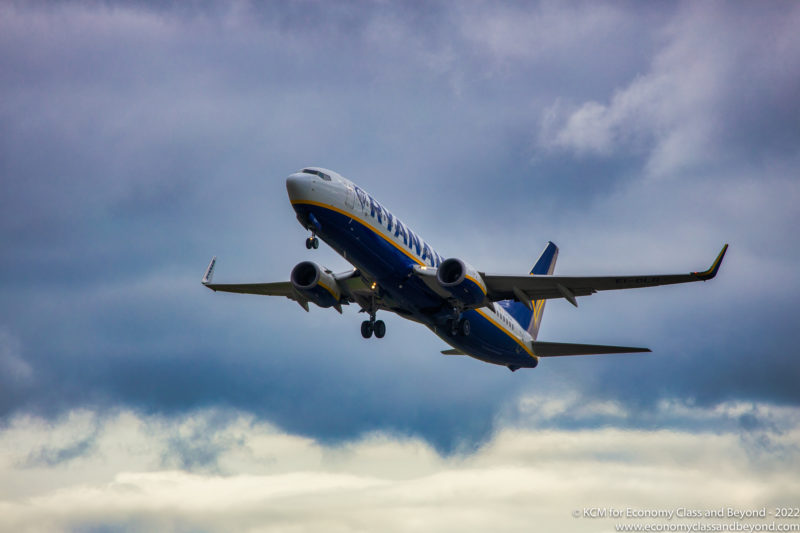With airlines seeking to secure key Sustainable Aviation Fuel sources, some are proceeding with higher mixes in their fuel blends. Ryanair has extended its collaboration with Neste.

This is a big one, with the move by the two parts to enable Ryanair to power its full schedule of flights from Amsterdam Airport Schiphol with a 40% blend of Neste MY Sustainable Aviation Fuel from 1 April onwards.
Ir represents a major change in the fuel makeup of what they lift at Amsterdam Schiphol Airport. Although – when put together, it should not be too much considering the airline operates between 4 to 5 flights
It will however help in Ryanair’s sustainability number, with the airline having a goal of operating 12.5% of flights with SAF by 2030 – with the airline aiming for net-zero by 2050, whilst reducing greenhouse gas emissions from Ryanair’s flights from Amsterdam Airport by 32%.
In Quotes
Thomas Fowler, Director of Sustainability at Ryanair said:
“Ryanair is delighted to extend our partnership with Neste to increase the amount of Ryanair flights at Amsterdam being powered with a 40% blend of SAF from a third of flights to our entire Amsterdam operation from 1 April. Increasing the use of SAF is a fundamental pillar of our Pathway to Net Zero by 2050 decarbonisation strategy and this increase at Amsterdam will reduce greenhouse gas emissions of our flights from there by 32%. We look forward to continuing our growing partnership with Neste as we further progress our goal of operating 12.5% of Ryanair flights with SAF by 2030,”
Alexander Küper, Vice President of EMEA from the Renewable Aviation business unit at Neste said:
“Decarbonising aviation is more important than ever, and we are proud to support Ryanair in achieving their ambitious Pathway to Net Zero by 2050. Increasing the usage of SAF to all flights departing from Amsterdam Airport Schiphol is a major milestone enabling Ryanair to substantially reduce greenhouse gas emissions of its operations at the airport. We look forward to continuing working together with Ryanair on the reduction of their emissions as we increase our annual SAF production capability to 1.5 million tons per annum by the end of 2023,”
There’s a number – 1.5 million tons
I’ve gone on about the drop in the ocean that SAF is currently (important as it is as we start to transition away from kerosene to other sources (and as investigation of electric/battery and hydrogen aviation continues).
I’ve gone through the numbers a few times before – and soon it will be a matter of the scale of how to create SAF in the quantities that the aviation industry needs, at a low enough cost.
Neste MY Sustainable Aviation Fuel is produced from used cooking oil and animal fat waste which they claim is made of 100% renewable raw materials which are sustainably sourced. SAF is blended with conventional jet fuel before use and works seamlessly with existing aircraft engines and fueling infrastructure.
As Neste continues to build out its infrastructure at its refineries in Singapore and Rotterdam, the Netherlands. Neste’s SAF is available to airlines at a growing number of airports across Europe, including Amsterdam Airport Schiphol.
For airlines, having access to on-tap SAF will no longer be a “desirable trait”, rather it will become a business-critical requirement to have the access to SAF as it is either mixed into fuel – or towards the golden aim of 100% SAF-powered flight.
The journey for SAF continues.
Welcome to Economy Class and Beyond. Your no-nonsense guide to network news, honest reviews, in-depth coverage, unique research, as well as the humour and madness I only know how to deliver.
Follow me on Twitter at @EconomyBeyond for the latest updates, as well as Mastodon too! You can follow me on Instagram too!
Also, remember that we are part of the BoardingArea community, bringing you the latest frequent flyer news from around the world.